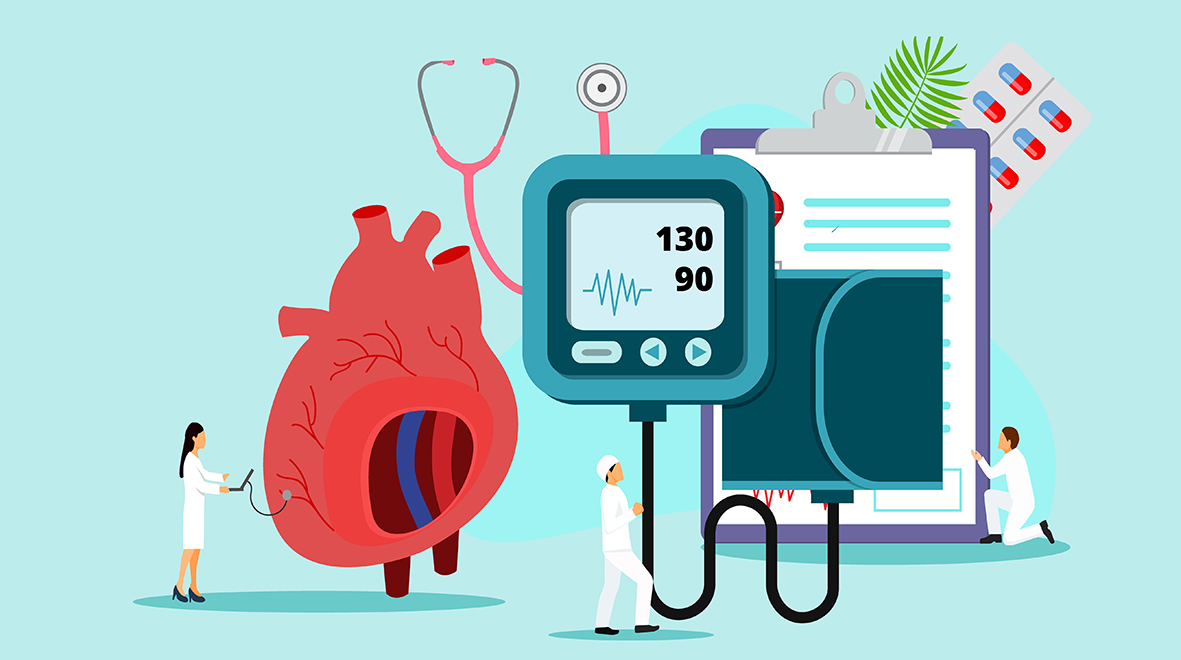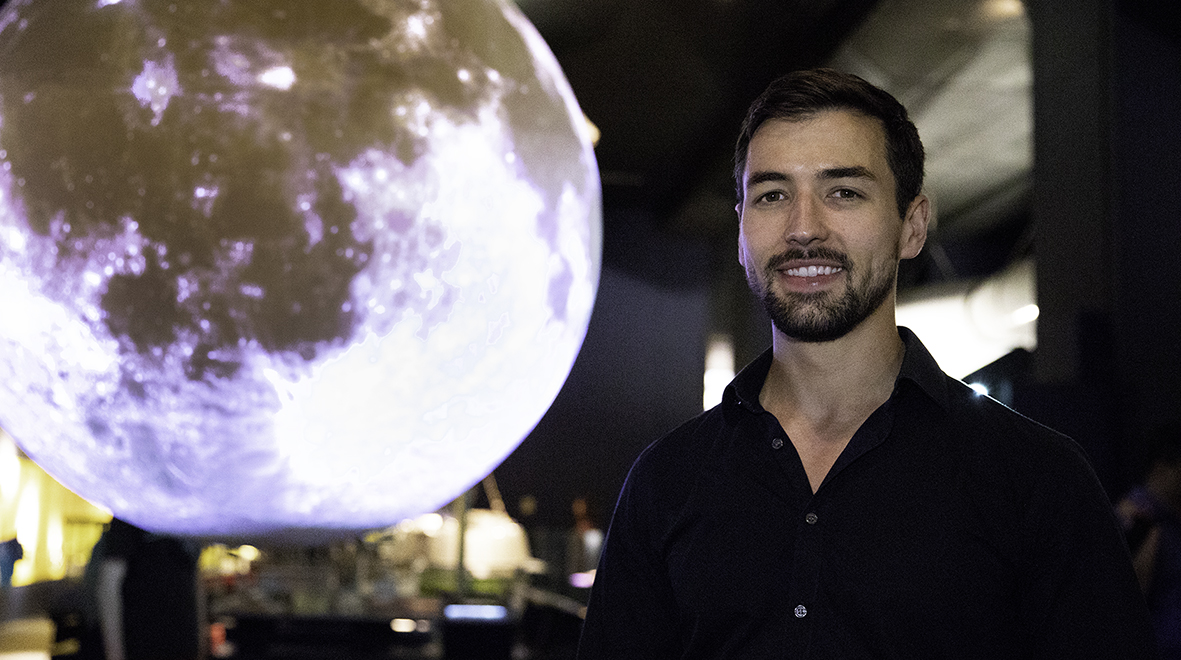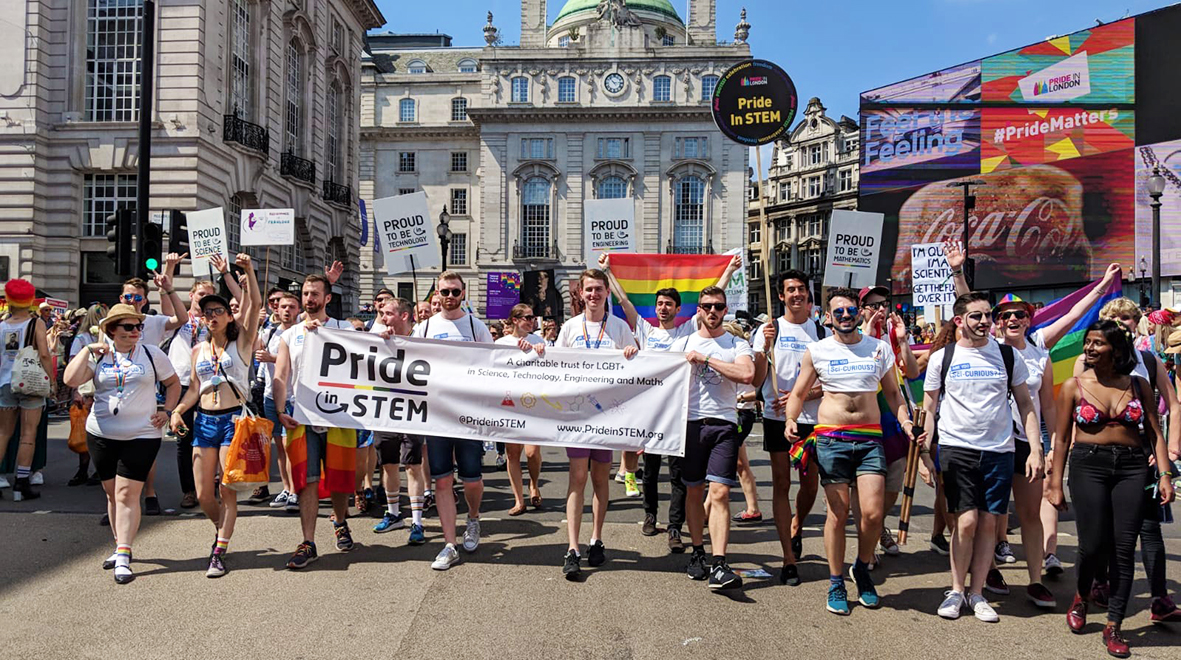
Eva Tadros reflects on the highs and lows of second year of medical school, from the first taste of clinical placements to undertaking a research project in Thailand.
Ending the first year of medical school on a high, I dedicated my summer to relaxing and forgetting about all things medical-related – but little did I know second year was going to hit fast, and it was going to hit hard.
Second year, along with fifth year, are supposedly the hardest two years of your academic medical school journey, but I don’t think anyone quite prepares you for the range of emotions you’re bound to experience throughout the year. From that sense of pride you get when you finally take a proper patient history, to that indescribable feeling of familiarity as your shoes stick onto the Reynolds café floor on Thursday morning following sports night, to being on the verge of tears after not being to elicit a reflex despite trying for a whole term – second year is an absolute rollercoaster. (more…)









